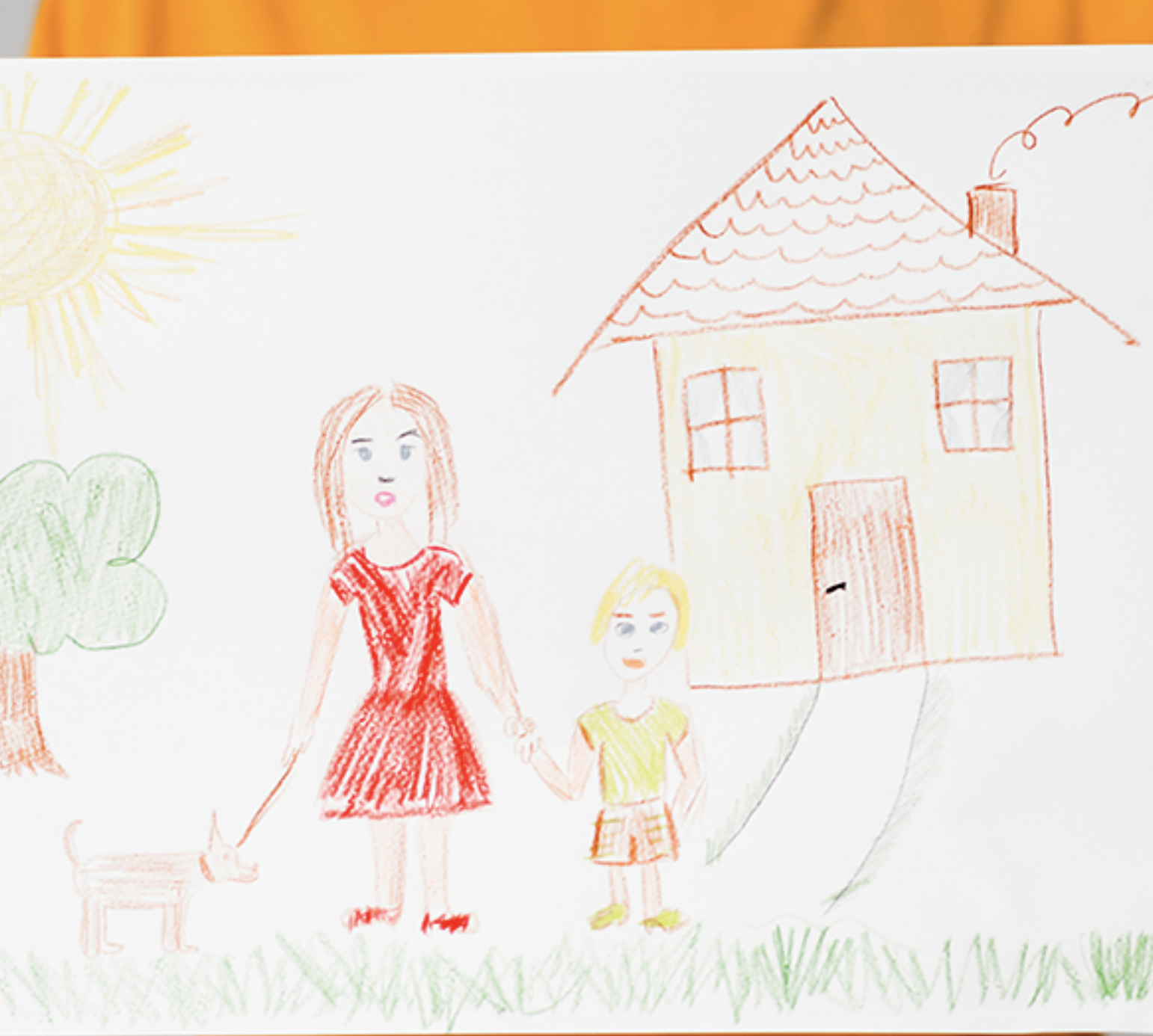
Before the coronavirus, America already had an epidemic: According to a 2018 survey by the Kaiser Family Foundation, one in five Americans say they often feel lonely. Surprisingly, the majority of those study participants were under age 50—not the elderly, who are commonly considered to be at the highest risk of feeling isolated.
And now, there’s social distancing. Let’s pour some fuel on that fire of sad solitude.
I’ve been in an up-and-down relationship with loneliness since my marriage ended four years ago. A couple of months ago, it became my new bedfellow after a broken engagement and swift end to cohabitation and a house full of kids.
I’ve been physically and mentally affected by that experience and the innate isolation of being a single parent to my 8-year-old daughter. But a few weeks ago, I stopped crying every day. I noticed the animal shapes painted in the clouds while running at the park. Just as I started to imagine what could be instead of what I’d lost during the past year, COVID-19 came along.
About 35 percent of children in Texas live in single-parent families like mine. Those families experience varying degrees of solitude even though they’ve got a kid or two (or three) to beckon for their time and attention. And the stress of single parenthood—especially for the 34 percent of single-parent households in Texas living below the poverty line—is an assault on the immune system.
“Social distancing in the time of a pandemic is really without precedent in modern America,” Twis says, noting that the long-term effects are impossible to quantify. ”
— Dr. Mary Twis, Assistant Professor of Social Work at Texas Christian University
